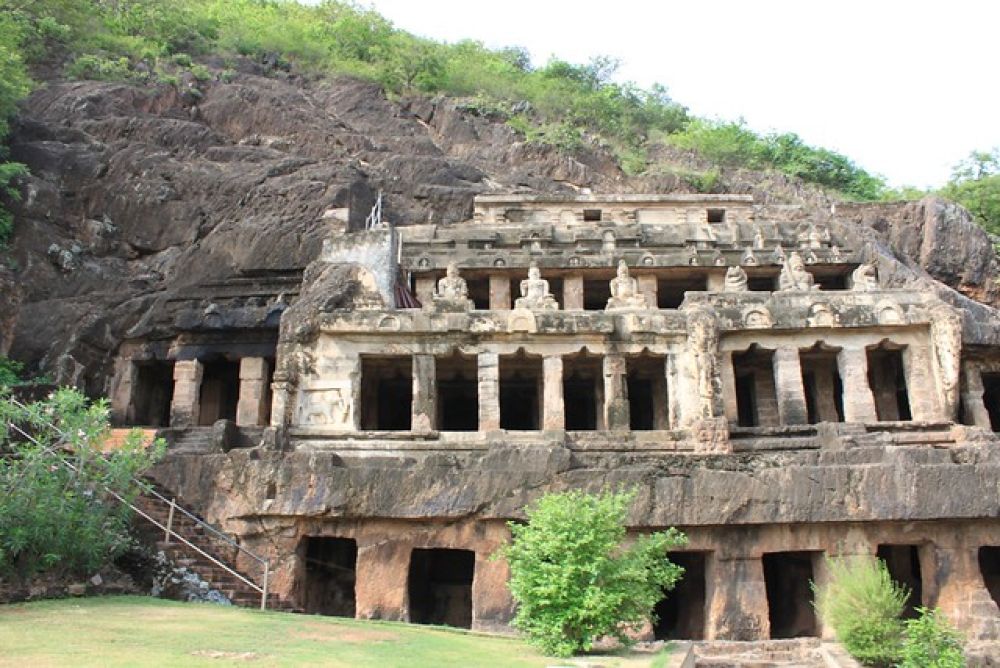

Nestled atop a hill in the district of Guntur, Andhra Pradesh, India, the Kondavid Fort stands as a testament to the region's rich historical tapestry. This fort, also known as Kondaveedu Fort, bears witness to a tumultuous past that saw the rise and fall of various dynasties and cultures. The origins of Kondavid Fort date back to the 13th century, originally built by the Reddy kings. Throughout its existence, it has changed hands from the Reddy dynasty to the Gajapatis and later to the Vijayanagara Empire.
The history of tourism at Kondavid Fort is relatively recent when compared to its longstanding history. It was not until the 20th century, particularly during the latter half, that the fort began to be recognized as a potential attraction for its architectural and historical significance. Efforts by the Archaeological Survey of India (ASI) and the local government to restore and preserve the fort have played a crucial role in bringing it to the attention of tourists.
Initial initiatives to promote the fort as a tourist destination were modest, focusing on local visitors and history enthusiasts. Over the years, the fort gained popularity, drawing in visitors from various parts of India and beyond. The government of Andhra Pradesh recognized the fort's potential to contribute to the cultural and heritage tourism sector and invested in improving road access and establishing basic tourist facilities.
In recent years, the tourism at Kondavid Fort has seen a positive trend with increasing visitor numbers. The site has become particularly appealing to those interested in photography, trekking, and exploring historical landmarks. The local tourism board, in its latest efforts, has been active in promoting the fort through social media and through events like heritage walks and cultural festivals that celebrate the region's history and traditions.
An emergent trend is experiential tourism, where visitors are not just passive observers, but actively engage with the local culture. Workshops on traditional crafts, performances of folk dances, and historical reenactments form part of this immersive experience. Furthermore, ecotourism is gaining traction with the fort’s surrounding natural beauty and biodiversity, offering a serene backdrop for eco-friendly tourist activities.
Despite the increase in the number of visitors, Kondavid Fort still faces challenges such as conservation, maintenance, and the need for improved amenities to better cater to tourists. Ensuring the preservation of the fort while accommodating growing tourist numbers is a delicate balance that requires ongoing attention.
Looking ahead, there are plans to further develop Kondavid Fort as a premiere tourism destination in Andhra Pradesh by expanding infrastructure, enhancing visitor services, and integrating more deeply with the local community to maintain the fort's historical integrity. If successful, these efforts will secure Kondavid Fort as a proud symbol of Andhra Pradesh's heritage and an enduring attraction for both domestic and international tourists.